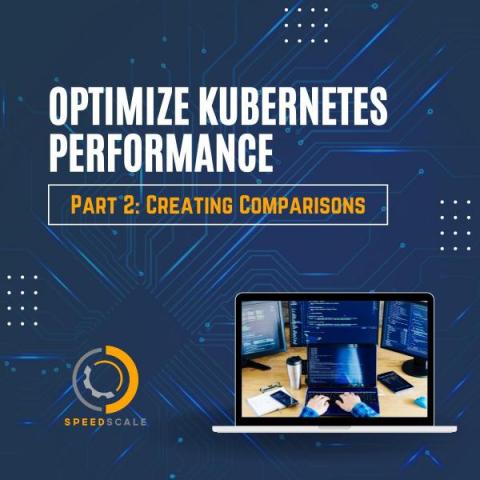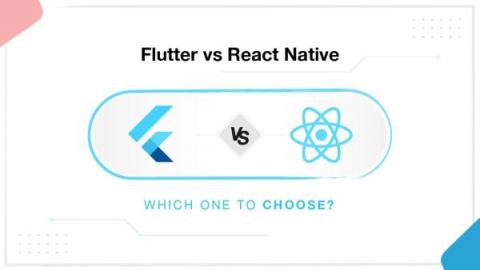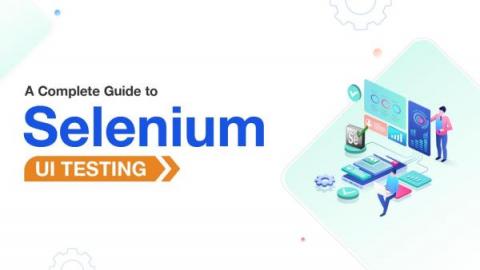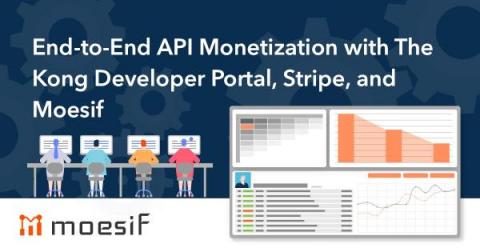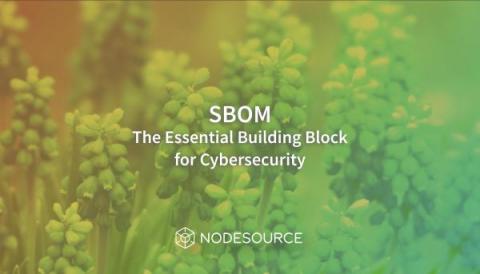Systems | Development | Analytics | API | Testing
Latest Posts
Flutter vs React Native: Which One to Choose?
Flutter vs React Native has been one of the most talked about topics recently. They are both popular open-source frameworks for building mobile applications. React Native, created by Facebook, uses JavaScript and allows developers to build apps for both iOS and Android using the same codebase. Flutter, developed by Google, uses the Dart programming language and allows for cross-platform app development.
DevOps Configuration Management: How Does it Simplify Configuration Management?
Imagine waking up one day and realizing that the world is nothing more than a computed simulation, and everything is connected to one configuration file. Let’s say you have the exact configuration file of that simulation in your hand. Out of curiosity, you add some text to the configuration file, and BOOM, your appearance change; you grow a bit taller, achieving that dream built of yours. Sounds magical, right? This is what DevOps Configuration Management is about.
A Complete Guide to Selenium UI testing
The user interface of an application is the first thing a user sees when they hit enter on your web address. For people involved in developing and releasing the website, you just have 50ms to impress the users. Sometimes, it’s just 17ms. With so little time with us and considering that all that time goes into analyzing the UI of the app, it becomes our responsibility to release the website only after testing the UI and its components thoroughly.
Puppeteer in Node.js: Common Mistakes to Avoid
Puppeteer is a powerful Node.js browser automation library for integration testing and web scraping. However, like any complex software, it comes with plenty of potential pitfalls. In this article, I'll discuss a variety of common Puppeteer mistakes I've encountered in personal and consulting projects, as well as when monitoring the Puppeteer tag on Stack Overflow.
End-to-End API Monetization with The Kong Developer Portal, Stripe, and Moesif
Many API developers and companies struggle to find ways to set up systems to monetize their APIs easily. Some are simple but not customizable, and some are complex and require massive engineering effort to get them all running. To make things easier, the Moesif platform includes Billing Meters which gives massive customizability to API monetization efforts with a minimal amount of code and engineering effort.
SBOM: The Essential Building Block for Cybersecurity
Software Bill of Materials (SBOMs) is how companies provide a comprehensive inventory of all the components, libraries, and dependencies used in a software system. This information helps organizations identify potential vulnerabilities and manage the risk of software supply chain attacks. Just as a supply chain document in manufacturing and product development outlines the origin and journey of raw materials and components, a software bill of materials (SBOM) does the same for software components.
How Retailers Modernize Operations and Reporting with the Snowflake Retail Data Cloud
A modern data infrastructure is essential for retailers looking to stay competitive today. Companies are abandoning more traditional, on-premises IT infrastructures and moving to more centralized “as a service” (XaaS) models of delivery enabled by cloud technologies, according to McKinsey. Aging on-premises infrastructures are unable to meet demands for agility and innovation, eating up too much time and too many resources for teams trying to maintain them.
7 Best Alternatives to WordPress with the Most Flexible Designs
If you want to create a website, you might have heard of WordPress. It has been one of the most highly recommended content management systems (CMS) since its creation in 2003. Over the years, it has become one of the world’s most popular website publishing software. That is also why it has millions of fans and is responsible for powering about 42.9% of all websites worldwide.


